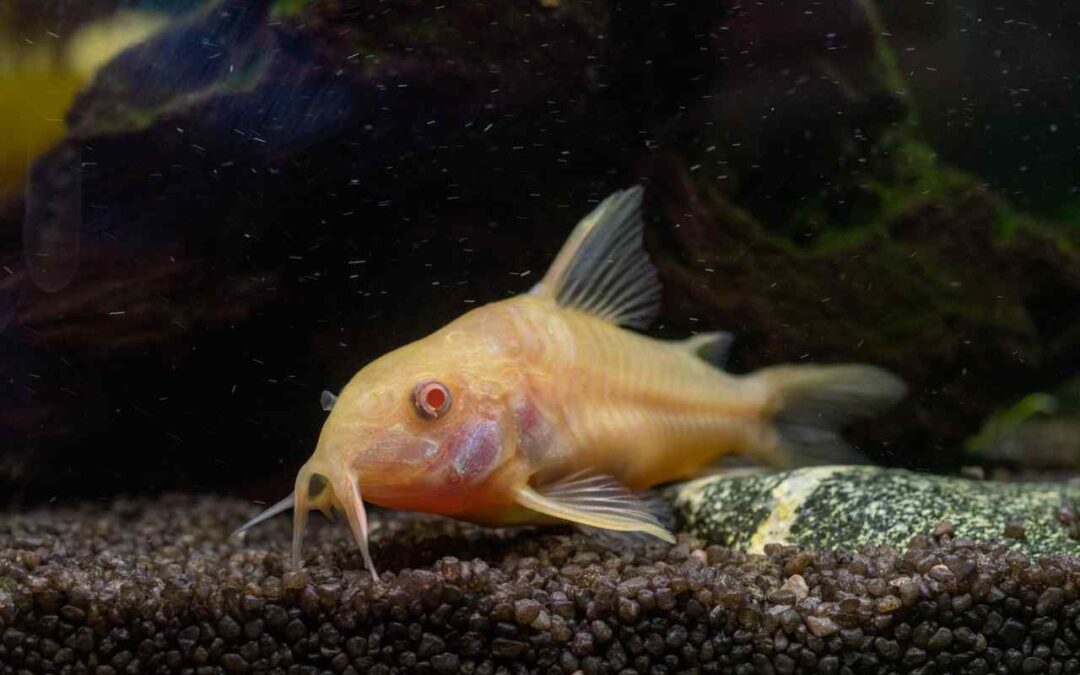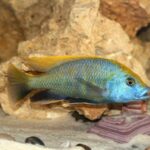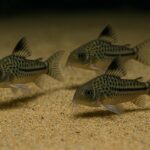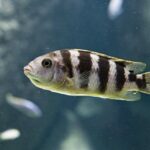If you’re a freshwater fish keeper, chances are you’ve seen Corydoras catfish gracefully gliding along the bottom of aquariums. Their adorable whiskers and peaceful personalities make them one of the most loved community fish. But many aquarists—especially beginners—wonder: Do Corydoras eat algae?
The short answer is no. According to many aquarists’ experiences shared on Reddit and YouTube, Corydoras catfish are not significant algae eaters. While they might occasionally graze on biofilm or pick at tiny particles stuck to surfaces, they simply don’t have the right mouthparts to scrape algae from glass, rocks, or decorations.
Let’s dive deeper into why that is—and what Corydoras really like to eat.
Corydoras Are Omnivores, Not Algae Eaters
Corydoras belong to the family Callichthyidae, a group of armored catfish that naturally live in slow-moving rivers and streams across South America. In the wild, they spend most of their time sifting through soft sand or muddy bottoms looking for small bits of food.
Their omnivorous diet means they eat a mix of plant matter and animal-based foods, but protein makes up most of what they need. They thrive on:
- Bloodworms and blackworms
- Brine shrimp (frozen or live)
- Sinking pellets and wafers designed for bottom feeders
- Small crustaceans and insect larvae
These protein-rich foods mimic what they’d eat in nature. While a little algae might accidentally get eaten along the way, it’s not enough to make any real difference in your tank’s algae growth.
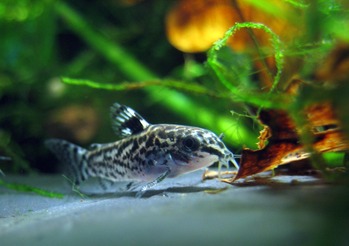
Why Corydoras Can’t Control Algae
Some fish, like plecos, otocinclus, or certain snails, are great algae cleaners because they have specialized mouths designed to scrape surfaces. Corydoras, however, don’t have suction mouths. Instead, their mouths are located underneath their heads and are shaped for scooping or picking up food from the substrate.
That’s why you’ll often see them “nosing” around the tank bottom, stirring up sand, and searching for fallen food particles. They might appear to be eating algae when doing this, but what they’re really after is uneaten fish food, detritus, or biofilm, not green or brown algae itself.
So, if you’re struggling with algae in your aquarium, Corydoras won’t be your solution. You’ll need to look at other algae eaters (like nerite snails or otocinclus) or manage lighting and nutrient levels instead.
The Scavenger Role of Corydoras
Even though Corydoras don’t eat algae, they are fantastic scavengers. Their constant foraging helps keep your tank clean by eating leftover fish food that settles on the substrate. This prevents the food from decaying and causing ammonia spikes, which can harm your fish.
However, it’s a common misconception that scavengers like Corydoras can survive solely on leftovers. In reality, they still need their own dedicated feeding routine. A balanced diet keeps them active, colorful, and healthy.
Feed them once or twice a day with quality sinking foods that reach the bottom quickly before other fish snatch them. Look for sinking wafers, pellets, or frozen bloodworms to ensure they get the nutrition they need.
Feeding Tips for Healthy Corydoras
To help your Corydoras thrive, keep these feeding tips in mind:
- Use sinking foods: Corydoras are bottom-dwellers, so floating flakes rarely reach them.
- Feed in dim light or after lights-out: They’re more active and comfortable feeding during lower light.
- Offer variety: Rotate between pellets, wafers, and frozen or live foods to ensure complete nutrition.
- Watch their bellies: A healthy Cory has a slightly rounded belly—not sunken or bloated.
- Clean substrate regularly: Uneaten food can still accumulate, leading to poor water quality.
What to Feed Instead of Relying on Algae
If you were hoping to use Corydoras as part of your tank’s cleaning crew, don’t worry—they still contribute! Just don’t count on them for algae removal. Instead, feed them nutrient-rich foods that suit their scavenging habits.
Good food options include:
- Hikari sinking wafers or Fluval Bug Bites
- Omega One shrimp pellets
- Frozen or live bloodworms and brine shrimp
- Algae wafers (occasionally) – not for the algae, but for variety
Giving them a mix of these foods ensures they get enough protein and nutrients to stay active and happy.
Do Corydoras Eat Algae Wafers?
Interestingly, Corydoras may nibble on algae wafers, but not for the algae content itself. Most commercial algae wafers contain spirulina, vegetable matter, and fish meal—so they’re more of a balanced meal than pure algae. Corydoras enjoy these wafers because they’re easy to eat and nutrient-dense, not because they crave algae.
FAQs About Corydoras and Algae
1. Do Corydoras eat algae off glass or rocks?
No. They lack the suction-style mouths needed to scrape algae. They might explore surfaces but won’t actually clean them.
2. Can Corydoras survive on leftover food alone?
Not really. While they eat leftovers, they still need proper meals like sinking pellets and live or frozen protein foods.
3. Will Corydoras eat algae wafers?
Yes, but they eat them for the nutrients, not the algae. Algae wafers often contain protein and plant matter that they enjoy.
4. What fish actually eat algae in a community tank?
Good algae eaters include otocinclus catfish, plecos, nerite snails, and Siamese algae eaters.
5. How often should I feed my Corydoras?
Feed them once or twice daily with small portions of sinking food that reach the tank bottom within minutes.
Final Thoughts
Corydoras catfish are delightful little bottom-dwellers that bring life and energy to any aquarium. But when it comes to algae control, they simply aren’t the right fish for the job.
They may nibble at surfaces now and then, but their true value lies in scavenging uneaten food, keeping the substrate tidy, and adding charm to your community tank. To keep them healthy, feed them a diet rich in protein—not algae—and watch them thrive for years to come.

